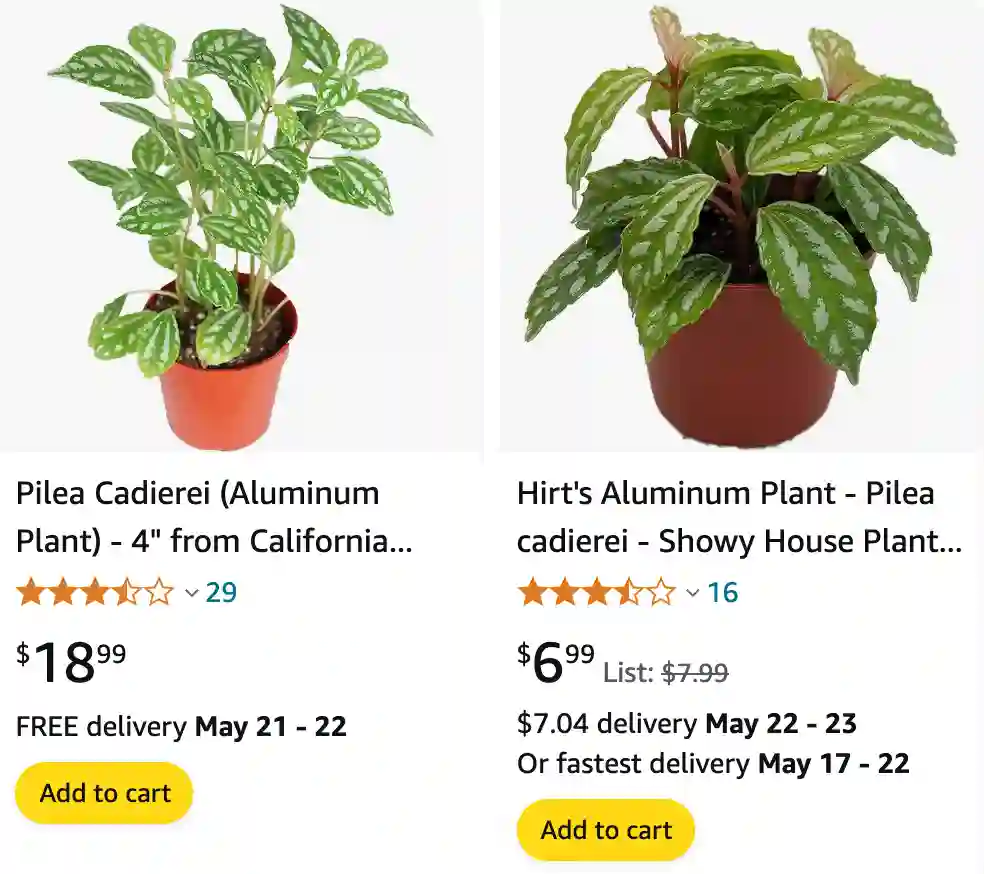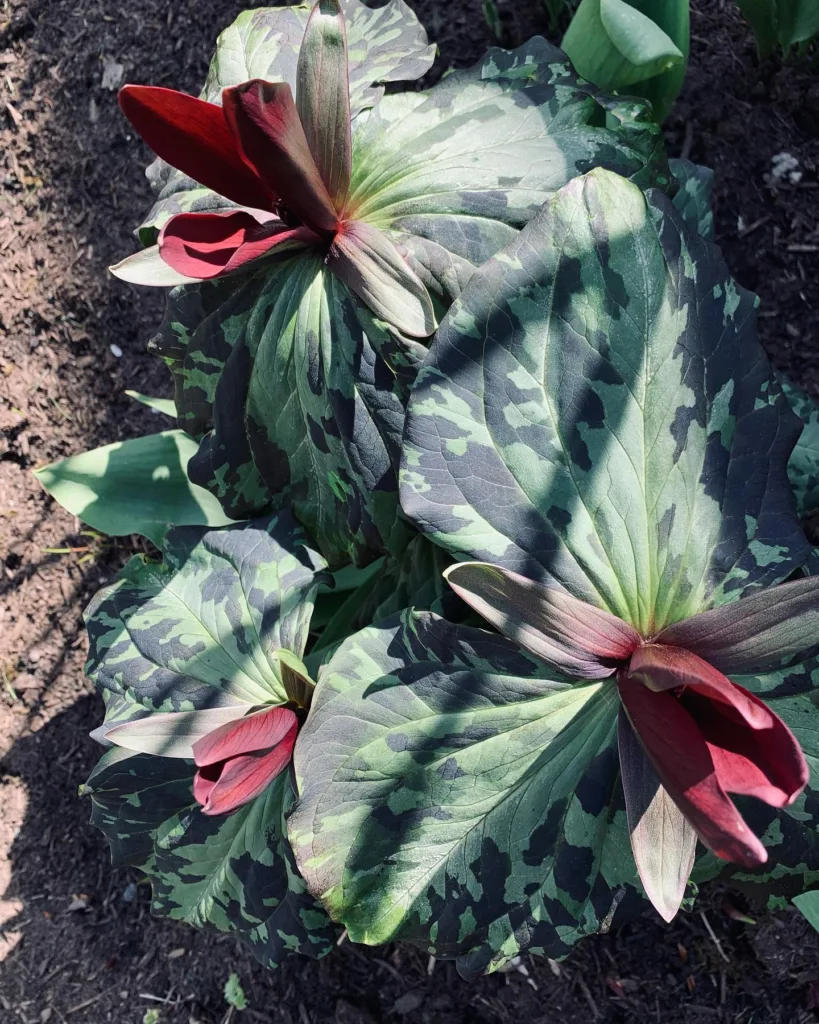
How to propagate aluminum plant?
Propagation: Propagating aluminum plants is easy and rewarding! Here are two methods:
- Stem cuttings: Take a healthy stem cutting with a few leaves. Cut it just below a node (the little bump where leaves grow from). You can dip the cut end in rooting hormone (optional) and plant it in a pot with moist, well-draining soil. Keep it warm and humid, and you should see new growth in a few weeks.
- Division: If your aluminum plant has become bushy, you can carefully divide it during repotting. Make sure each section has healthy roots.
Are aluminum plants toxic to cats?
Aluminum plant toxicity: Unfortunately, yes, aluminum plants are toxic to cats. The leaves contain a toxin called calcium oxalate which can cause mouth irritation, vomiting, and difficulty swallowing if ingested. If you have curious felines around, it’s best to keep this plant out of reach or choose a different pet-friendly option.
How often to water aluminum plant?
Watering: Aluminum plants are pretty forgiving when it comes to watering. They don’t like to be soggy, so let the top inch or two of soil dry out before watering again. Sticking your finger in the soil is a good way to check the moisture level.
How to care for aluminum plant?
General care: Aluminum plants are low-maintenance champions! Here’s a quick rundown:
- Light: Bright, indirect light is ideal. Avoid harsh direct sun which can scorch the leaves.
- Humidity: While they don’t necessarily require high humidity, they will appreciate it. You can group your plants together or use a pebble tray to increase humidity around them.
- Soil: Well-draining potting mix is key. A standard potting mix with some perlite added for extra drainage will work well.
- Fertilizer: You don’t need to fertilize too often. A light feeding with a balanced fertilizer once a month during the growing season is sufficient.
What happened to the aluminum plant in Kentucky?
Kentucky aluminum plant mystery: Unfortunately, I can’t seem to find any information about a specific incident involving an aluminum plant in Kentucky. If you have more details about what you heard, I might be able to help you find some answers.
Why is my aluminum plant drooping?
Drooping aluminum plant: A few things can cause your aluminum plant to droop:
- Underwatering: This is a common culprit. Check the soil moisture and water thoroughly if it’s dry.
- Overwatering: Root rot from soggy soil can also cause drooping. If the soil feels mushy and the leaves are yellowing, you may need to repot in fresh soil after removing any damaged roots.
- Lack of light: Aluminum plants need good indirect light. Move it to a brighter location if it’s tucked away in a dark corner.
Are aluminum plants bad for the enviormment?
Environmental impact: Aluminum plants are not typically considered bad for the environment. In fact, they can help improve air quality in your home by filtering out toxins.
Are aluminum plants toxic?
Toxicity: As mentioned before, aluminum plants are toxic to cats but not generally harmful to humans. It’s always best to keep houseplants out of reach of children and pets just to be safe.
Can aluminum plant grow in water?
Growing in water: Aluminum plants can survive in water propagation for a while, but it’s not ideal for long-term growth. They prefer to be planted in soil where they can develop a healthy root system.
How big do aluminum plants get?
Size: Aluminum plants can grow to be a couple of feet tall indoors, with some stretching even taller under ideal conditions. They tend to grow bushier than leggy, and regular pruning can help maintain a desired shape.
If i die, water my plants!



